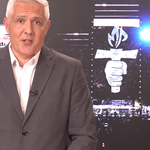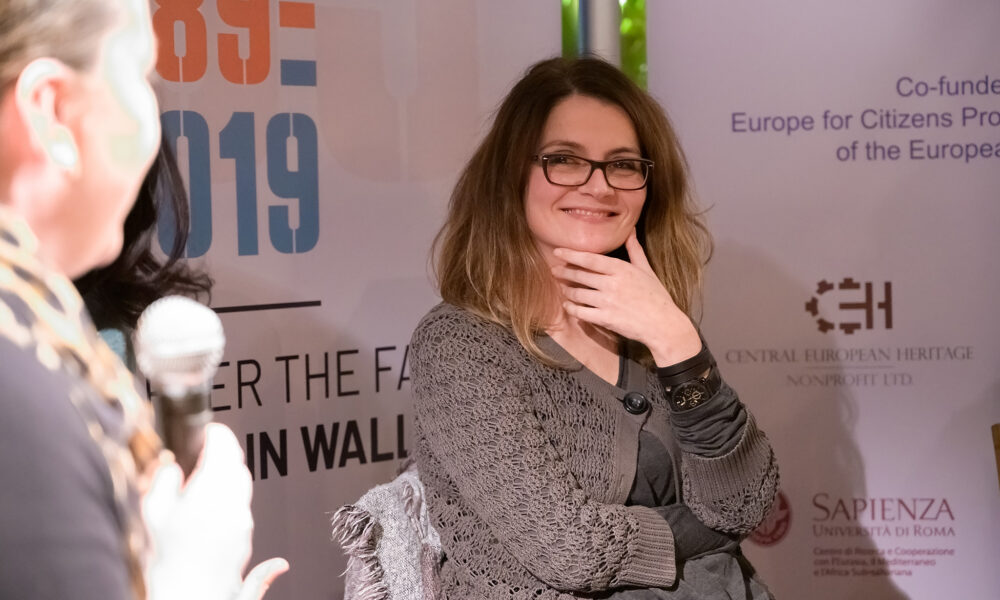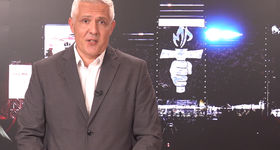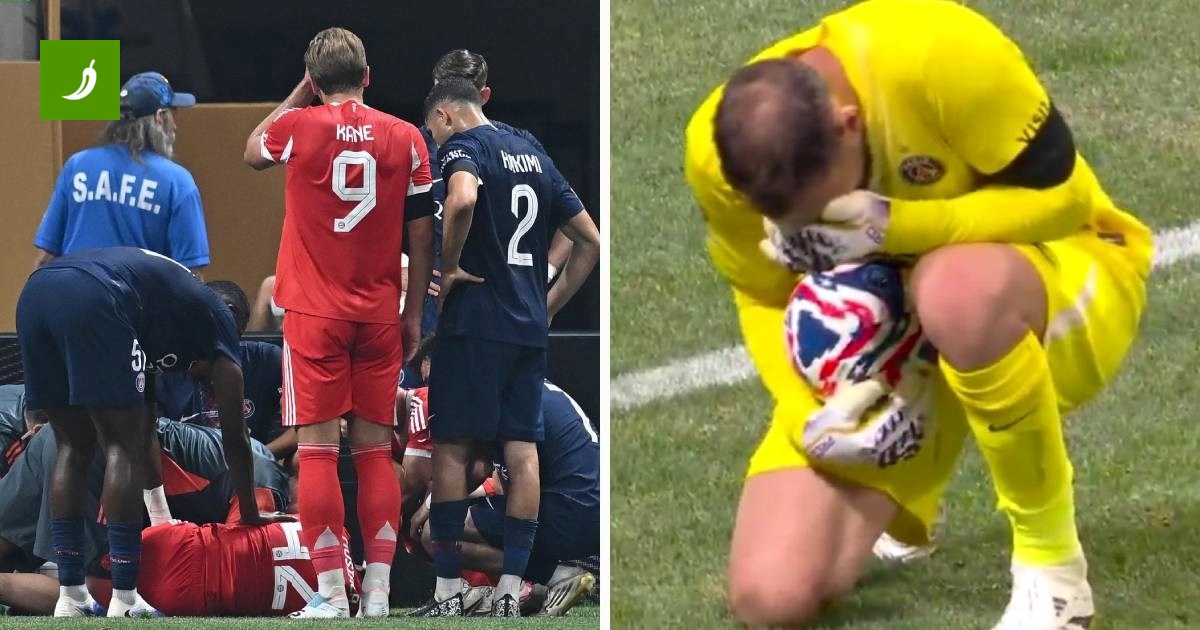Student Protests in Serbia: Spark of Hope or a Return to Nationalism?
Something is happening in Serbia that has given many people hope but also sparked a storm of controversy. The student protests, which began as a rebellion against a corrupt system and violence, quickly became a symbol of resistance and desire for change. But is this really the beginning of a new era or just another episode in a long history of nationalist tensions?
Hope that Ignited the Region
The protests brought something the region desperately needed – hope. Students showed that there is a different language of politics, based on nonviolence, solidarity, and empathy. Thousands gathered in the squares of Belgrade, Novi Pazar, and other cities, demonstrating that a different world is possible. This energy was so strong that many believed this was the beginning of the end for autocratic and nationalist policies that have ruled for decades.
But the Vidovdan Turnaround
However, everything changed on Vidovdan – a day symbolizing Serbian nationalism. The protests lost their student character, and nationalist tones returned with a vengeance. Speakers began invoking the Kosovo oath and other outdated ideologies that have left many in the region traumatized. Instead of hope, many saw a return to old, dangerous ideas that led to conflict and suffering.
Symbols that Divide, Not Unite
One of the key problems is that students failed to reclaim national symbols that were stolen and misused by political elites. The anthem and flag, which should unite, have become points of contention because they contain elements incompatible with the changes the students want. This has led to the protests being unclear as a movement for change, instead becoming a battleground for different visions of Serbia.
Montenegro and Regional Impact
The situation in Serbia does not remain without influence on neighboring countries, especially Montenegro. While students in Serbia sought change, representatives of the Serbian community in Montenegro turned to autocrats and nationalist leaders, further complicating regional relations. The glorification of the Chetnik movement and denial of Montenegrin sovereignty are just some signs of the political climate worsening.
Police and Repression
The Serbian authorities have not remained silent observers. The police reacted brutally to the protests, using excessive force, arrests, and intimidation. Students and citizens were often targets of violence, and the government tried to portray the protests as foreign influence or terrorist activities. This further polarized society and hindered dialogue.
European Future in Question
Although the authorities often sing praises of Serbia’s and Montenegro’s European future, the reality is far from it. Corruption, political pressure, and lack of transparency in decision-making cast a shadow over European integration. Agreements with countries like the UAE and Hungary, which bypass public procurement and transparency, only confirm that politics is driven by interests, not citizens.
What Next?
Will the students manage to keep the flame of hope alive or be swallowed by old ideologies? Will the authorities in Serbia and the region realize that repression is not the answer? And most importantly, will citizens continue to fight for a better future or succumb to apathy and polarization?
We’ll have to watch and discuss. What do you think? Are these protests a spark that can change things or just another round in an endless political soap opera? Drop a comment, maybe together we’ll find the answer!












